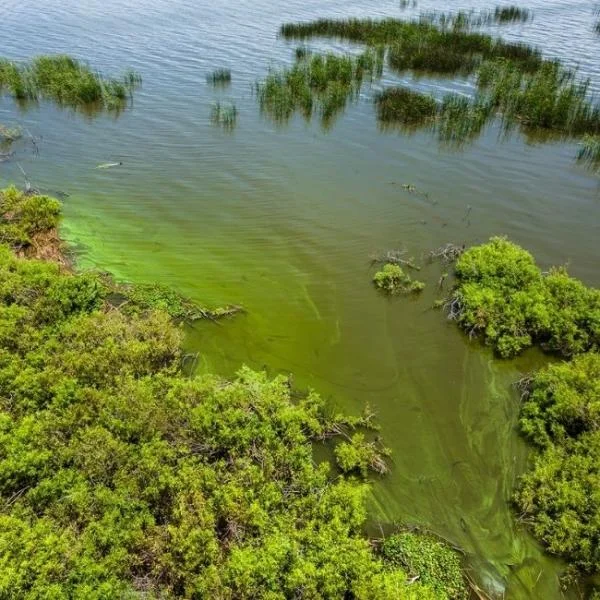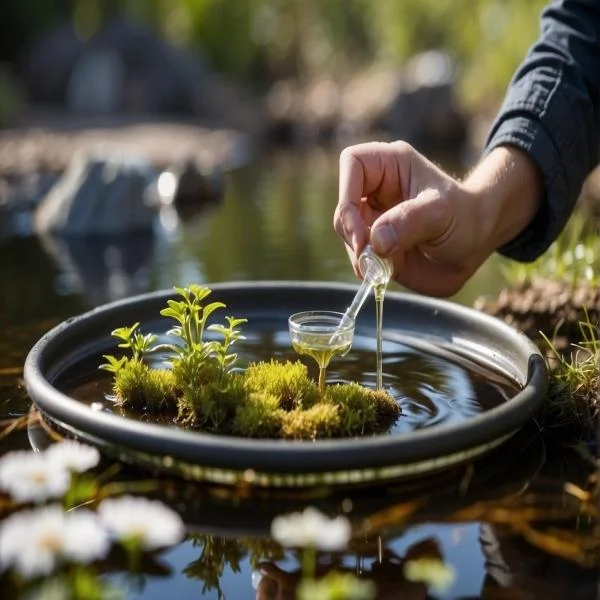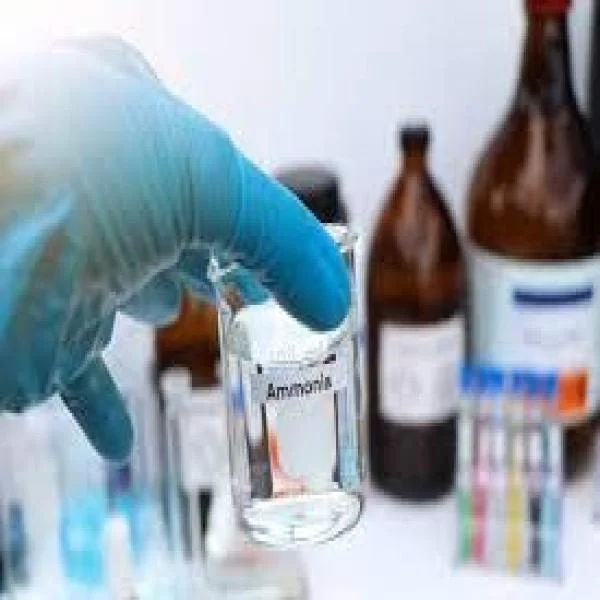
Algae and fungi are fascinating organisms that play crucial roles in our ecosystem, yet they possess distinct characteristics that set them apart. While both are eukaryotic organisms, they belong to different kingdoms and exhibit unique features in their structure, nutrition, and life cycles that make them essential components of life on Earth.
Understanding Algae: The Aquatic Photosynthesizers
Algae are simple, primarily aquatic organisms that play a fundamental role in supporting life on Earth. Classified under the kingdom Protista, algae include various types, from microscopic phytoplankton to larger seaweeds, all of which can thrive in water environments and sometimes even on land. These organisms are key players in photosynthesis, producing around 70% of the planet's oxygen supply — more than all the Earth's forests combined. This oxygen production happens as algae absorb sunlight and convert carbon dioxide into energy, releasing oxygen as a byproduct. Algae’s cellular structure, usually containing a single chloroplast per cell, is optimized for capturing sunlight, making photosynthesis highly efficient in both freshwater and marine ecosystems. Because of this, algae not only provide essential oxygen but also serve as the base of aquatic food chains, supporting diverse marine life, and impacting global ecosystems and atmospheric balance significantly.
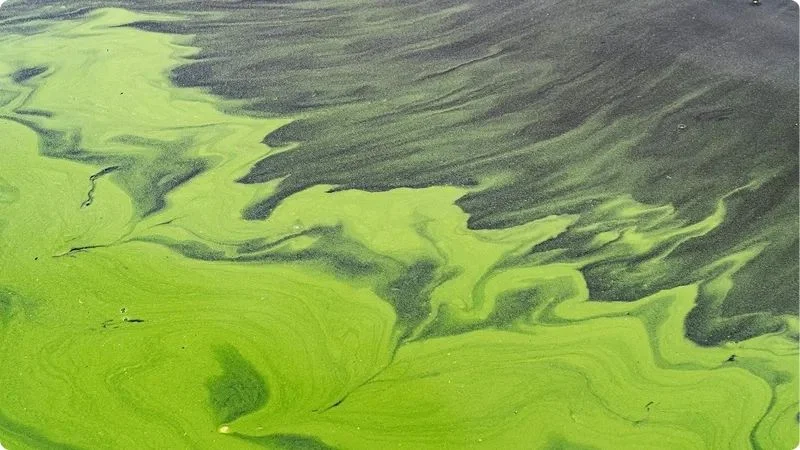
Understanding Algae
Key Characteristics of Algae
Algae exhibit distinct structural and compositional characteristics that differentiate them from other organisms, despite sharing some traits with plants. Their cell walls, primarily composed of cellulose, provide structural support and protection, similar to those of terrestrial plants. However, algae also display significant diversity in form and function. Unlike multicellular plants with complex tissues, algal bodies may be filamentous, consisting of long chains of cells, or parenchymatous, forming a more solid and tissue-like structure, often in simpler arrangements. This cellular organization reflects algae's adaptability across various aquatic and moist terrestrial environments.
Another key feature is their storage of energy as starch, aligning them with plants metabolically, yet algae are typically unicellular or composed of simple colonies, lacking the tissue differentiation found in higher plants. Additionally, algae often reproduce through both sexual and asexual methods, enabling rapid colonization and resilience in fluctuating environmental conditions. These unique features position algae as crucial primary producers and ecologically versatile organisms in many ecosystems.
Classification of Algae
Algae are divided into three major groups, each with distinct characteristics:
- Chlorophyta (Green algae): Contains chlorophyll, beta-carotene, and xanthophylls as primary pigments, giving them their characteristic green color
- Rhodophyta (Red algae): Distinguished by the presence of phycoerythrin, which provides their distinctive red coloration
- Phaeophyta (Brown algae): Contains chlorophyll c and fucoxanthin, resulting in their brown appearance
Understanding Fungi: The Decomposers
Fungi are classified under their own kingdom (Fungi) and exist as either unicellular or multicellular organisms. Unlike algae, they grow primarily as fungal hyphae - cylindrical, thread-like chains of cells that are separated by divisions, and their cell walls contain chitin rather than cellulose. These organisms play a crucial role in decomposing organic matter and recycling nutrients in ecosystems.
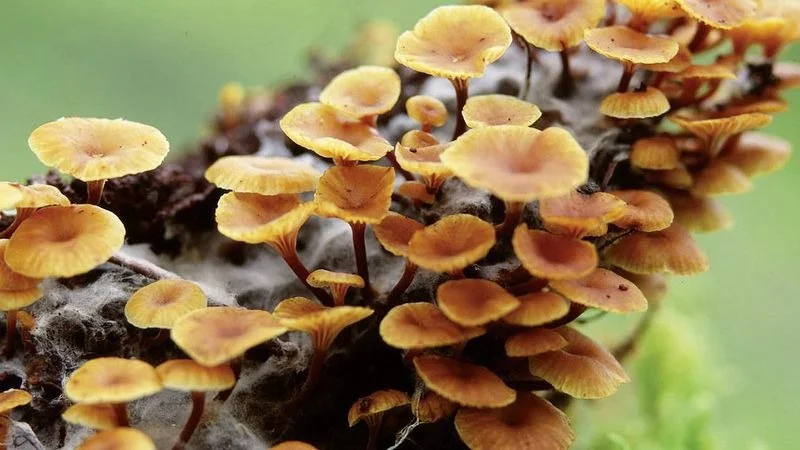
Understanding Fungi
Classification of Fungi
The fungal kingdom is remarkably diverse, encompassing seven major groups:
- Microsporidia: Unicellular parasites found in protists and animals
- Basidiomycota: Characterized by the formation of meiospores in basidia
- Ascomycota: Distinguished by spore formation inside the ascus
- Glomeromycota: Plant symbionts that colonize root systems
- Chytridiomycota: Producers of mobile zoospores
- Neocallimastigomycota: Also characterized by zoospore production
- Blastocladiomycota: Another zoospore-producing group
Growth and Structure
Fungi exhibit a unique growth pattern through the formation of hyphae, which are thread-like filaments that form the basic structure of most fungi. These multicellular organisms are notably different from algae in that they possess multinucleated cells and can thrive in dark conditions, making them well-adapted to their role as decomposers in various ecosystems.
A Comparative Analysis of Algae and Fungi
Character | Algae | Fungi |
Kingdom | Protista | Fungi |
Habitat | Primarily aquatic (fresh and marine water) | Terrestrial, found on dead matter |
Cell Structure | Mostly eukaryotic (except Cyanobacteria) | All eukaryotic |
Photosynthetic Ability | Contains chlorophyll | No photosynthetic pigments |
Nutrition Type | Autotrophic | Heterotrophic |
Light Requirement | Cannot survive in darkness | Can thrive in dark conditions |
Cell Wall Composition | Cellulose | Chitin |
Nuclear Structure | Uninucleated cells | Multinucleated cells |
Symbiotic Relationships
Lichens: A Perfect Partnership
The bond between algae and fungi in lichens represents one of nature's most successful partnerships. In this symbiotic association, the algal partner (photobiont) conducts photosynthesis and provides nutrients to the fungal partner (mycobiont), while the fungus creates a protective structure and gathers minerals and moisture from the environment. This relationship enables both organisms to survive in harsh environments where neither could thrive alone.
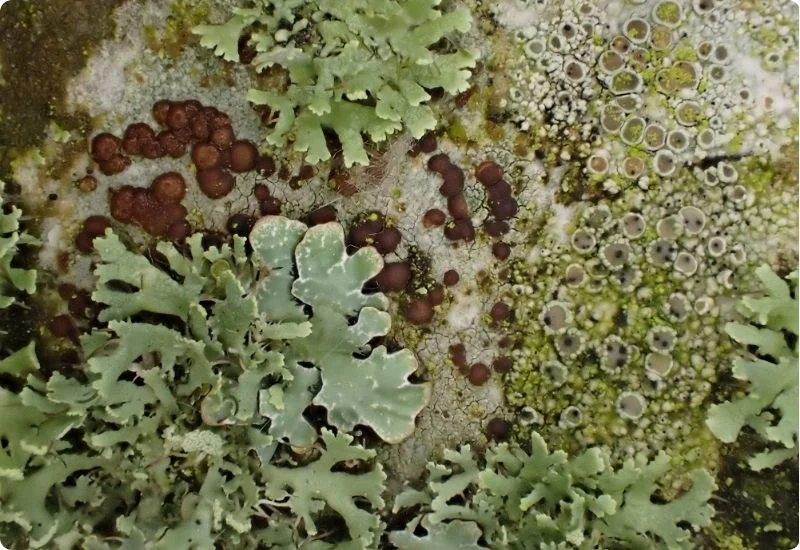
The bond between algae and fungi
Ecological Importance
Role of Algae in Ecosystems
Algae serve as the foundation of aquatic food chains and produce approximately 70% of Earth's oxygen through photosynthesis. Their ability to absorb carbon dioxide while releasing oxygen makes them crucial players in global carbon cycling and climate regulation. Additionally, algal communities provide essential habitats for numerous aquatic organisms.
Fungi's Environmental Impact
Fungi are nature's primary decomposers, breaking down dead organic matter and recycling nutrients back into the ecosystem. Through their extensive hyphal networks, they improve soil structure and form vital mycorrhizal associations with plants, enhancing nutrient uptake and plant growth. This decomposition process is essential for maintaining healthy ecosystems and nutrient cycles.
Reproduction and Growth
Algal Reproduction
Algae demonstrate remarkable reproductive flexibility, capable of both sexual and asexual reproduction. Sexual reproduction occurs through the combination of gametes, with some species showing sexual dimorphism where male and female gametes are produced by different individuals. Asexual reproduction includes the production of motile spores and simple cell division through mitosis.
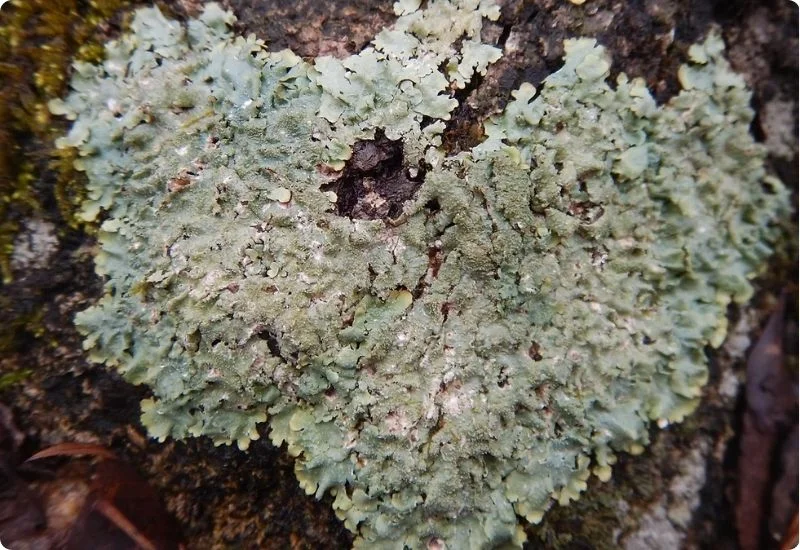
Algae demonstrate remarkable reproductive flexibility
Fungal Reproduction
Fungi employ various reproductive strategies, primarily spreading through reproductive spores that can be dispersed by wind or water. They can reproduce both sexually and asexually, with many species capable of producing different types of spores depending on environmental conditions. Fungal hyphae can also reproduce through fragmentation, where pieces break off and grow into new organisms.
Conclusion
The distinct characteristics of algae and fungi demonstrate nature's diversity in solving the challenges of survival and reproduction. While algae harness solar energy through photosynthesis and provide oxygen for other life forms, fungi excel at breaking down organic matter and recycling nutrients. Their ability to form successful symbiotic relationships, particularly in lichens, showcases the remarkable adaptability of these organisms. Understanding these differences and relationships continues to be crucial for ecological studies, biotechnology applications, and conservation efforts in our changing world.
Related Articles
What is Fungi? Exploring the Decomposers in Nature
Fungi represent a fascinating kingdom of organisms that includes approximately 144,000 known ...
Why are Algae Blooms Bad? The Impact of Algae on Environment
Algae blooms represent one of the most significant challenges facing our aquatic ecosystems today. ...
What Can Biological Filtration Do for Your Pond?
Biological filtration represents a cornerstone technology in both natural ecosystem management and ...
Tips for Reducing Ammonia in Pond to Keep Aquatic Life Healthy
Maintaining a healthy pond is crucial for the well-being of fish and other aquatic life, and one of ...
How to Detect and Remove Ammonia in Water Sources
Ammonia, a naturally occurring compound of nitrogen and hydrogen, can be found in various water ...
Ammonia in Pool Water: Common Causes and Effective Solutions
Ammonia in pool water can be a surprising challenge for pool owners, leading to various water ...


